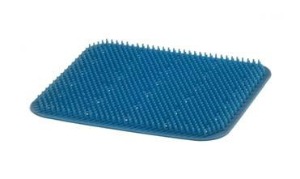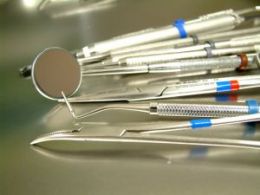Posts Tagged ‘dental ultrasonic cleaner’
Ultrasonic Cleaning Delicate Surgical Instruments

Ultrasonic cavitation is a proven technique for removing contaminants from surgical instruments prior to disinfecting or sterilizing steps. This is accomplished in an ultrasonic cleaner when microscopic bubbles created by the unit’s ultrasonic transducers implode on contact with surgical tools. The process effectively strips away blood, tissue and other deposits resulting from surgical procedures.
Balancing Ultrasonic Cleaner Frequency with Cleaning Effectiveness
Higher frequency ultrasonic cleaners operating at 80 to 130 kHz are often used for delicate or highly polished parts in order to avoid potential damage caused by the imploding bubbles. Higher frequencies equate to smaller bubbles, which while safe for delicate parts are less effective in removing gross contaminants associated with microsurgery instruments. Instead, an ultrasonic cleaner operating at 37 kHz such as the Elmasonic Select series available from Tovatech is generally recommended for surgical instrument cleaning.
There are, however, instances … Read the rest
UCLA School of Dentistry Recommends Ultrasonic Cleaning
Ultrasonic cleaners are found with great regularity in dental healthcare. In the UCLA School of Dentistry website there is a chapter on sterilization in the Infection Control Manual. The chapter provides an excellent description on the workflow and processes involved. Dental Treatment Facilities (DTFs) must have a Central Sterilization Room (CSR). In the physical design of the facility, using instrument cassettes and ultrasonic cleaning aids in processing efficiency. In the sterilization process, various steps are given. For instrument cleaning, ultrasonic cleaning is the recommended option. The cleaning solution must be able to remove protein, blood and other debris. The solution must be changed regularly or whenever visibly soiled.
For further information visit www.dentistry.ucla.edu.… Read the rest

